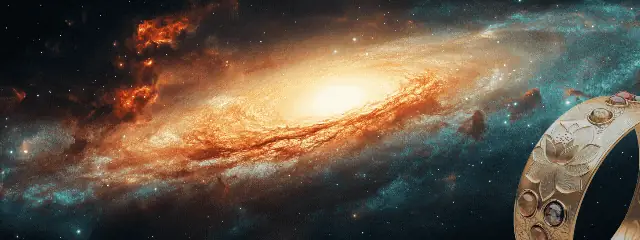search
| acupoint | Toulinqi |
| alias | Linqi |
bubble_chart Category _en.webp) On the top of head, directly above pupil, 0.5 cun posterior to anterior hairline. It is at the midpoint of the line connecting Shenting (GV24) and Touwei (ST8).
On the top of head, directly above pupil, 0.5 cun posterior to anterior hairline. It is at the midpoint of the line connecting Shenting (GV24) and Touwei (ST8).
Intersecting point: foot taiyang, shaoyang, and yang link vessel .
bubble_chart Etymology
"Tou" (頭), head; "lin" (臨), facing or overlooking from high; "qi" (泣), tearing or weeping. The acupoint is located above eye, in a commanding position, hence the name. To distinguish it from the acupoint of the same name on foot (Zulinqi (GB41)), Zhenjiu Zisheng Jing adds "Tou" (頭, head) to its name. Shengji Zonglu refers to it as "Mulinqi" (目臨泣; "Mu" (目), eye).
_en.webp)
Toulinqi (GB15) acupoint
(adapted from "Meridians and Acupoints")
(adapted from "Meridians and Acupoints")
- Zhenjiu Jiayi Jing: "0.5 cun within hairline, directly above inner canthus, in a depression";
- Suwen-Qifu Lun Wang Bing's noted: "Directly above eye";
- Zhenjiu Jicheng: "Slightly less than 1 cun from Qucha (BL4)".
- Muscles, frontalis.
- Nerve: combined branches of medial and lateral branches of frontal nerve.
- Vessels: frontal artery and vein.
Insert subcutaneously upward 0.5~1 cun. Moxibustion is not applied.
Improve vision, dispel wind, clear spirit.
- Classical: dizziness, white nebula in eye, excessive tears, fright epilepsy in children, headache due to stroke, pain in eyebrows and eyes, nasal congestion.
- Modern: myopia, supraorbital neuralgia.
bubble_chart Other Related Items






